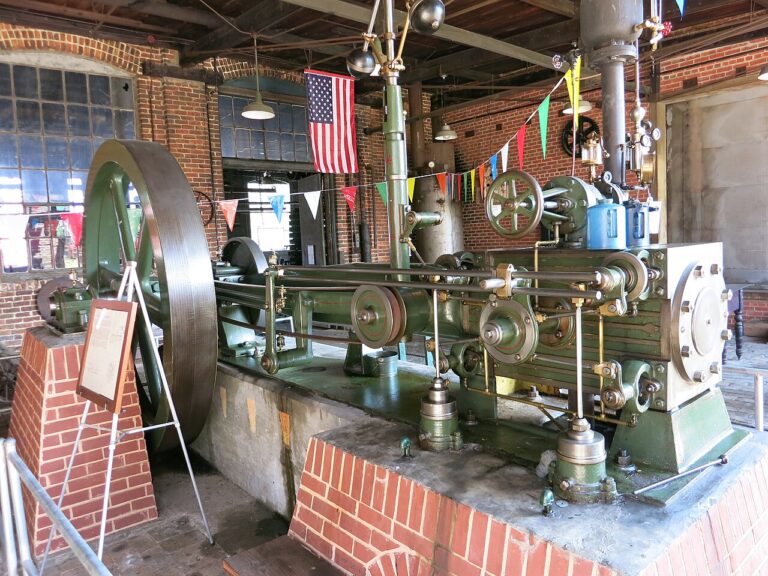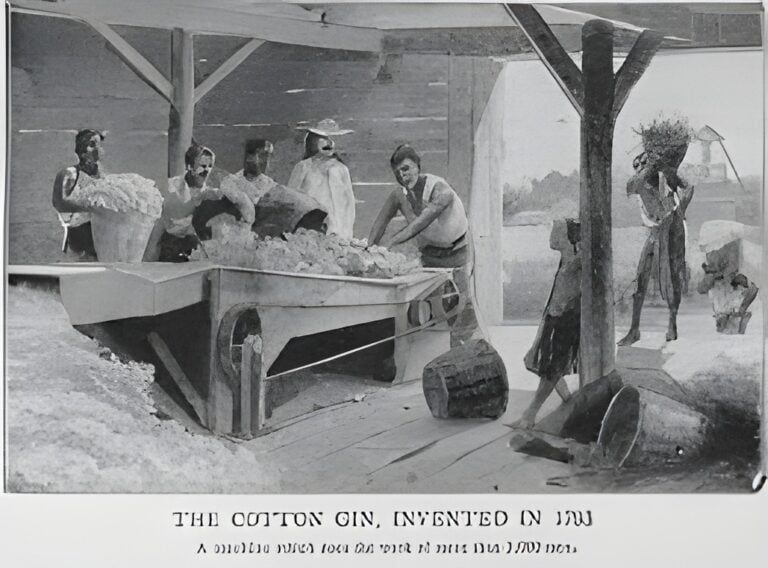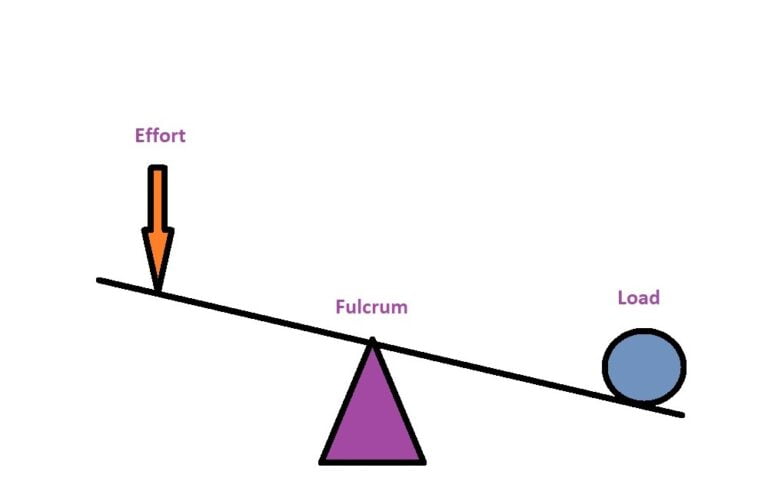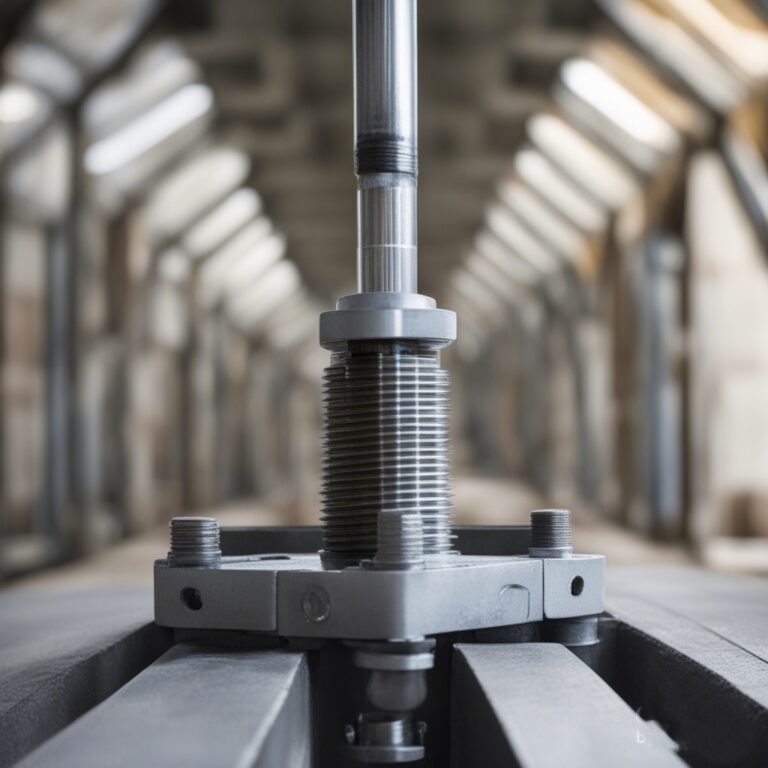Introduction: The Fascinating History of the Aeolipile
The Aeolipile, often recognized as one of the earliest steam engines, was invented by Hero of Alexandria around the 1st century AD. This innovative device is a remarkable testament to the ingenuity of ancient Greek engineering. Operating on the principles of steam propulsion, the Aeolipile consisted of a hollow sphere mounted on a base, with steam escaping through nozzles to create rotational motion. Its design, simple yet profound, symbolizes a turning point in the history of technology.
The significance of the Aeolipile lies not just in its mechanical functionality but also in its role as a precursor to later developments in steam technology. Before the Industrial Revolution revolutionized energy production, the concepts embodied in the Aeolipile had already laid the groundwork for future innovations. By harnessing the power of steam, this ancient Greek steam engine introduced ideas that would be crucial for the development of more complex machinery.
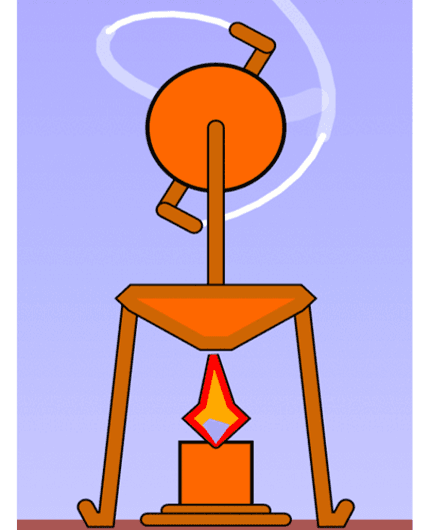
Additionally, Hero’s Aeolipile Mechanism serves as a reminder of the ancient Greeks’ profound understanding of physical principles long before modern science articulated them. Its legacy extends beyond mere curiosity, influencing generations of inventors and engineers who have sought to understand and manipulate steam power.
What is the Aeolipile? Understanding Its Mechanism
The Aeolipile is a unique device operating on the steam propulsion principle. Its design features a spherical vessel that is mounted on a pivot, and connected to a heat source. As water inside the sphere is heated, it converts into steam, which escapes through strategically placed nozzles. This escaping steam generates thrust, causing the sphere to rotate.
Mechanism Breakdown:
- Construction: Typically crafted from metal, the Aeolipile’s basic structure consists of a hollow sphere with one or more exit nozzles aligned at an angle to the axis of rotation. This design enables the steam to exert pressure and produce motion.
- Operation Principle: As steam builds up inside the sphere, it pushes against the nozzles. Newton’s Third Law of Motion states that every action has an equal and opposite reaction. Therefore, as steam escapes, it pushes the sphere to rotate in the opposite direction.
The Aeolipile serves as an early example of the hero turbine, a concept that would inspire later steam engines, such as those developed during the Industrial Revolution. Understanding Hero’s Aeolipile Mechanism shed light on the fundamental principles of energy conversion that are still relevant in modern engineering.
Illustrations and Diagrams: Including diagrams of Hero’s Aeolipile Mechanism structure and operation can significantly enhance understanding. A visual representation would clearly show how steam pressure leads to motion, emphasizing the engineering brilliance of this ancient invention.
Hero of Alexandria: The Inventor Behind the Aeolipile
Hero of Alexandria was a pioneering figure in the field of mechanics and engineering, whose contributions significantly impacted ancient technology. Active in the 1st century AD, Hero was not only an inventor but also a mathematician and physicist. His work laid the groundwork for various scientific advancements and engineering practices that are still recognized today.
Biographical Overview:
- Background: Little is known about Hero’s personal life, but he was likely born in Alexandria, a hub of knowledge and culture during his time. This environment fostered his scientific explorations and inventions.
- Major Contributions: Among Hero’s many inventions, the hero’s engine is perhaps the most famous. His design exemplifies his ability to combine theoretical knowledge with practical application. He also created devices like automated machines, wind-powered machines, and early forms of vending machines, showcasing his innovative spirit and deep understanding of mechanical principles.
Hero’s inventions were characterized by a blend of science and artistry, which was a hallmark of ancient Greek technology. Hero’s Aeolipile Mechanism stands as a testament to this blend, representing not just a mechanical device but also a sophisticated understanding of thermodynamics and motion.
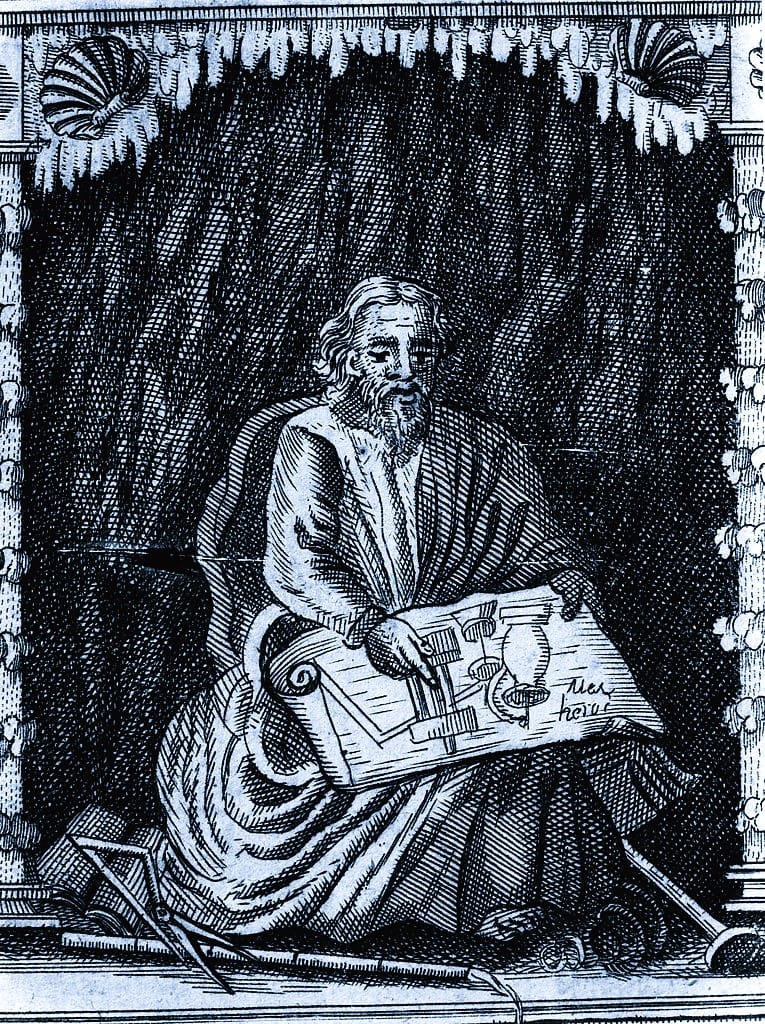
Context within Ancient Greek Technology: The Aeolipile’s invention illustrates the advanced state of engineering in ancient Greece. While most civilizations relied on manual labor or simple machines, the Greeks explored the potential of steam as a power source. This exploration marked a significant shift in thinking about energy and motion, influencing later developments in mechanical engineering.
Hero of Alexandria’s legacy lives on through the technologies that continue to rely on principles first conceptualized in his time. By examining his contributions and the context of Hero’s Aeolipile Mechanism, we can appreciate the profound impact that ancient Greek inventors had on the trajectory of engineering and technology.
The Scientific Principles: How the Aeolipile Works
At its core, the Aeolipile exemplifies the fundamental principles of thermodynamics and fluid dynamics. As an ancient Greek steam engine, it transforms steam pressure into rotational motion through a remarkably simple yet effective design. The core physics can be understood through several key concepts:
- Steam Generation and Pressure: When water is heated, it converts into steam, which occupies a larger volume than its liquid state. In heroes engine, this steam is generated within a sealed sphere. The buildup of steam pressure is what powers the device.
- Conversion to Motion: The steam escapes through nozzles positioned at an angle. According to Newton’s Third Law, the high-velocity steam emitted from the nozzles generates an equal and opposite force, causing the sphere to rotate. This mechanism is a precursor to what later became known as the hero turbine—a concept where steam is used to perform mechanical work.
- Comparisons with Modern Technology: Modern steam engines and turbines operate on similar principles but have incorporated advancements in materials, design, and efficiency. For instance, while the Aeolipile relied on simple gravity and pressure dynamics, contemporary turbines utilize complex rotor designs and sophisticated materials to maximize energy conversion and minimize heat loss.
Understanding these principles not only highlights the ingenuity behind heroes engine but also illustrates its significance as a foundational technology that paved the way for modern engineering advancements.
Applications of the Aeolipile: A Look at Ancient Innovations
The Aeolipile, or heroes engine, was not merely a theoretical exercise; it had potential practical applications in ancient societies. While there are limited historical records detailing its specific uses, several likely applications can be inferred based on its design and capabilities:
- Theatrical Devices: Ancient Greeks often utilized mechanisms to enhance their theatrical performances. The Aeolipile could have served as a dramatic device, producing rotating movements or effects that simulated supernatural occurrences, adding to the allure of Greek theater.
- Mechanical Automation: The principles of Hero’s Aeolipile Mechanism could have been applied to create automata—self-operating machines that imitated human or animal actions. Historical references suggest that Hero developed numerous devices that moved without human intervention, hinting at the possibilities offered by his steam-powered inventions.
- Influence on Engineering Designs: The Aeolipile’s innovative steam propulsion system likely inspired other ancient technologies, leading to advancements in hydraulic and pneumatic devices. Archaeological findings related to ancient engineering, such as water clocks and automated doors, may have been influenced by the mechanical principles exemplified in heroes engine.
Speculating on the potential applications of Heros Turbine not only sheds light on its historical significance but also highlights the creativity and ingenuity of ancient engineers who sought to harness steam power for various uses.
Legacy of the Aeolipile: Influence on Modern Engineering
The legacy of the Aeolipile extends far beyond its time, influencing the development of modern steam engines and turbines. Its design and operational principles have left an indelible mark on engineering, showcasing a lineage of innovation that continues today.
- Foundation of Steam Technology: The fundamental concepts of steam generation and propulsion embodied in the ancient Greek steam engine paved the way for the invention of more complex steam engines in the 18th and 19th centuries. Notably, the steam engine developed by James Watt directly benefited from earlier designs like Hero’s Aeolipile Mechanism, which demonstrated the feasibility of using steam as a mechanical power source.

- Advancements in Turbine Design: The hero turbine concept evolved from the principles illustrated by heroes engine. Modern turbines, whether steam, gas, or water turbines, rely on similar dynamics of pressure and motion. They have been optimized for efficiency and performance, yet the foundational ideas can be traced back to Hero’s groundbreaking invention.
- Evolution of Engineering Thought: First Steam-Powered Device represents a crucial stepping stone in the evolution of engineering. It exemplifies the transition from theoretical concepts to practical applications, inspiring generations of engineers to explore the potential of steam and energy conversion. Today, we recognize the importance of such innovations in driving technological progress across various fields, from transportation to power generation.
By understanding the legacy of the Aeolipile, we can appreciate its role as a vital precursor to modern engineering, illustrating how ancient innovations continue to shape contemporary technologies.
Conclusion: The Impact of First Steam-Powered Device on the Future of Technology
In summary, Hero’s Aeolipile Mechanism stands as a remarkable achievement in the history of technology, representing one of the earliest explorations into steam power. As an ancient Greek steam engine, it embodies the ingenuity and creativity of Hero of Alexandria, whose contributions have had a lasting impact on engineering principles.
Throughout this blog, we have examined the scientific principles behind Hero’s Aeolipile Mechanism, its potential applications in ancient society, and its significant legacy in the evolution of modern steam technology and engineering. By studying First Steam-Powered Device, we honor the brilliance of ancient inventors and recognize their innovations’ continuous influence on today’s technological landscape.
As we look toward the future, it is crucial to explore further innovations inspired by the heroes engine, appreciating how past advancements continue to inform and inspire modern engineering solutions. The Aeolipile serves as a reminder that the pursuit of knowledge and innovation is a timeless endeavor, bridging the gap between ancient wisdom and contemporary advancements.
The Aeolipile, often regarded as the first steam engine, laid the groundwork for modern technological innovations. For a deeper dive into how steam engines evolved, check out our blog on the Invention of the Steam Engine. If you’re interested in engines that revolutionized industries, don’t miss our article on the Invention of the Internal Combustion (IC) Engine, a technology that powers much of today’s transportation. For a glimpse into the future of propulsion, explore our discussion on Plasma Jet Engines, a promising advancement for space exploration. And speaking of transformative inventions, learn how the Cotton Gin revolutionized agriculture by automating labor-intensive processes.

